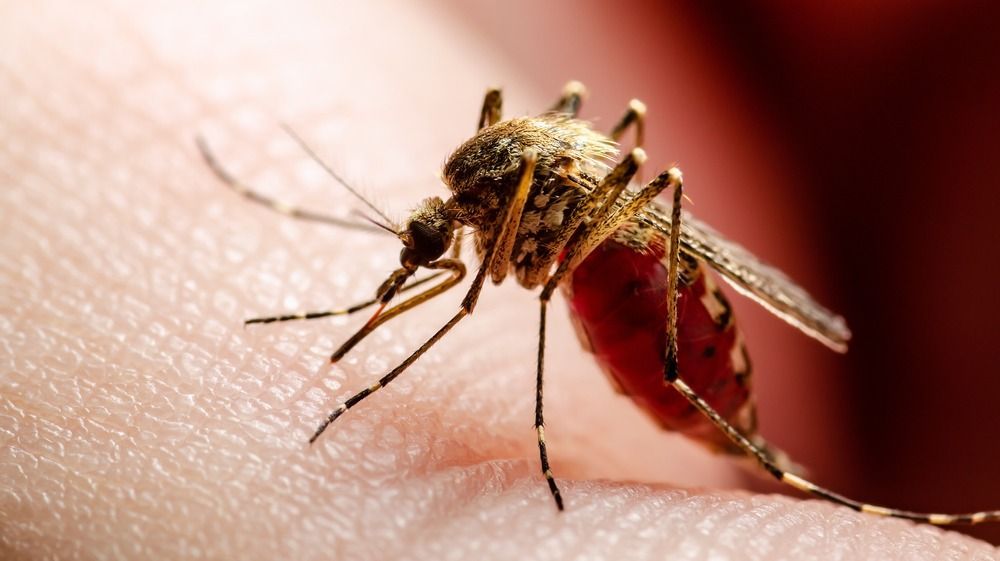
Ez a csillagjegy ma megkapja azt a szikrát, amire annyira várt
Az Ikrek engedje el a negatív kritikát, a Rák legyen óvatos!
TikTok-csatornáján mesélt a népszerű orvos.
Belegondoltál már abba, miért nem érzed a szúnyogcsípést akkor, amikor megtörténik, miért csak később jön a kellemetlen érzés? Nos, a kérdésre a meglepő választ a TikTok-csatornáján negyedmillió követővel büszkélkedő dr. Sermed Mezher adja meg! „Olyan »csúcstechnikát« alkalmaznak a szúnyogok, amikor megcsípnek, hogy el sem hiszed!” – kezdi alig egyperces videójában a doki.

Dr. Sermed Mezher elárulja: azért nem érezzük a nőstény szúnyog csípését az adott pillanatban, mert a rovar helyi érzéstelenítést alkalmaz! Így pedig érthető, hogy az érzéstelenítő hatásának elmúltával jelentkezik a kellemetlen, csípő, viszkető érzés. A doki további érdekességeket is elárul, amik a helyi érzéstelenítésen túl megmagyarázza, miért használta a csúcstechnika kifejezést. A szúnyog ugyanis nem egy, hanem hat fullánkot vet be, amikor a vérünket szívja.
„A szúnyogok olyan rendkívüli képességekkel rendelkeznek, melyekkel képesek ereket találni és vért szívni anélkül, hogy jelentős károkat okoznának. A nőstény szúnyogoknál hatból két fullánk a bőrön való áthatolásra, a többi pedig a vér kimutatására és az erekből való felszívásra szolgál. Ez a folyamat pedig annyira hatékony, hogy mire valóban úgy érzed, hogy a szúnyog megcsíp, már ott sincs a rovar”
– magyarázza videójában dr. Sermed Mezher a videójában, melyet a LadBible internetes portál szúrt ki.


Az Ikrek engedje el a negatív kritikát, a Rák legyen óvatos!

Mutatjuk a részleteket!

Ők azok, akik minden helyzetben képesek meglátni a jót.
Nem akar lemaradni a Metropol cikkeiről? Adja meg a nevét és az e-mail címét, és mi hetente három alkalommal elküldjük Önnek a legjobb írásokat!
Feliratkozom a hírlevélre
Portfóliónk minőségi tartalmat jelent minden olvasó számára. Egyedülálló elérést, országos lefedettséget és változatos megjelenési lehetőséget biztosít. Folyamatosan keressük az új irányokat és fejlődési lehetőségeket. Ez jövőnk záloga.